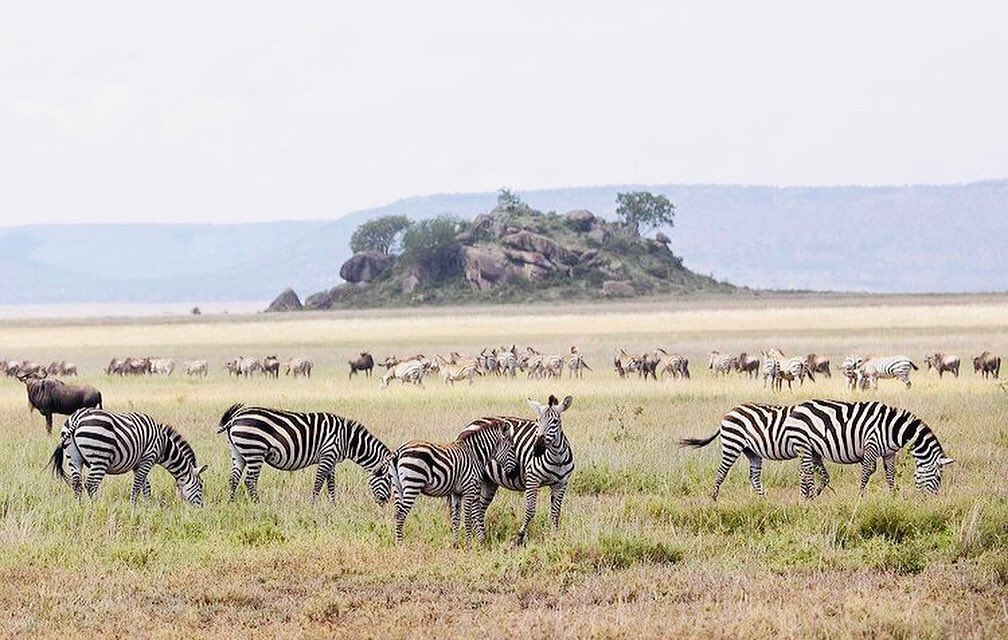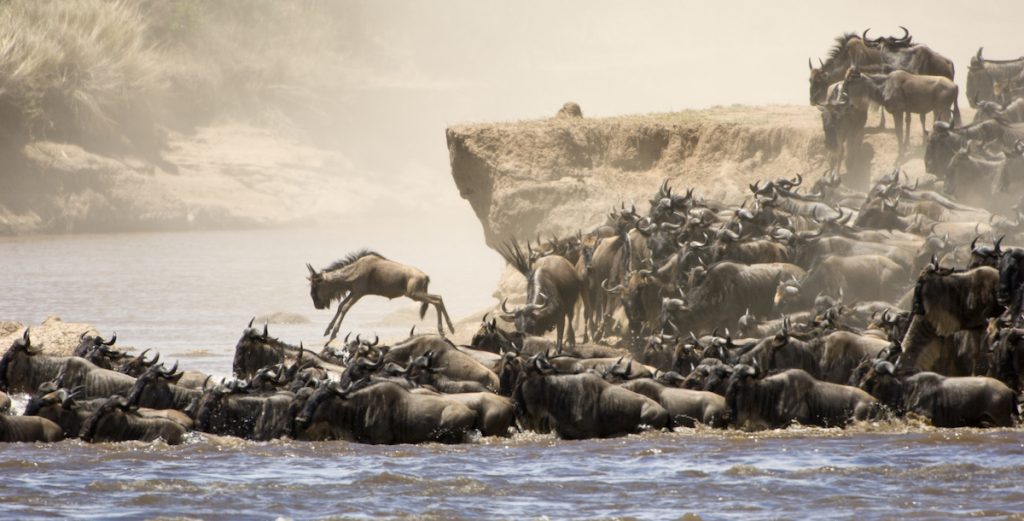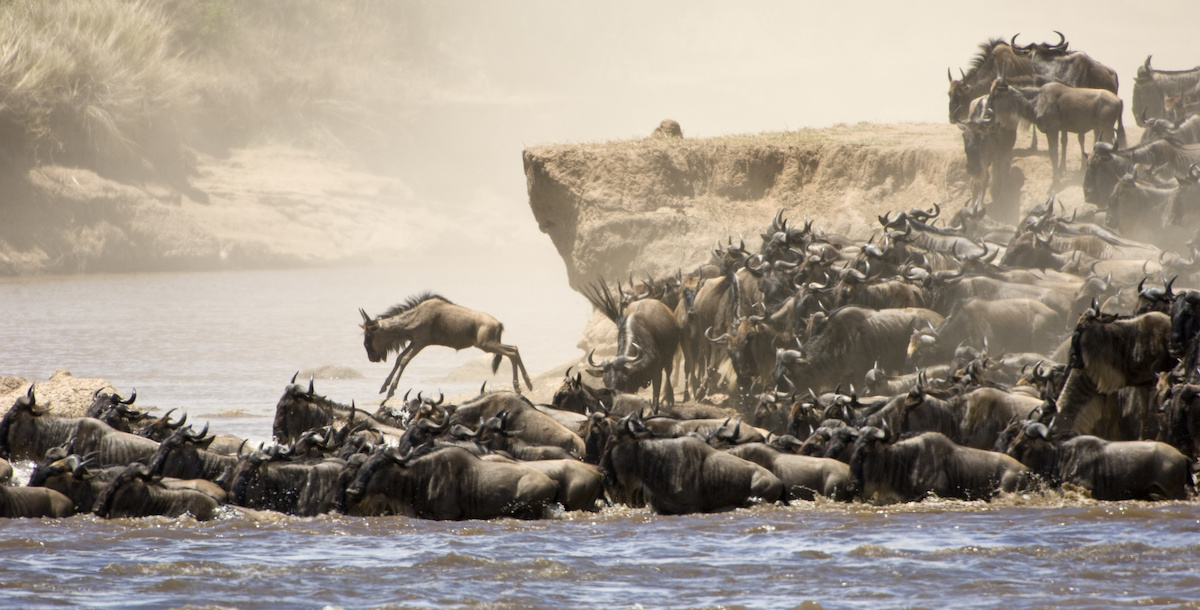The Heart of Africa’s Serengeti Ecosystem Under Threat From Human Related Activities.
The Serengeti Mara ecosystem stretches from Tanzania to Kenya and is one of the largest stretches on Earth. Human activities are pilling pressure and may be harming the entire ecosystem. The pressure not only squeezes the wildlife into smaller areas but also depletes the richness of grass and soil.
The Serengeti Mara ecosystem stretches over 15,000 square miles. It is a home of varieties of animals ranging from zebras, cheetahs, hippos, elephants among others. At the heart of this ecosystem lies another wonder of the world. Over 1 million wildebeests whose migration is something everybody needs to catch a glimpse of.
Traditionally, during wet seasons, Wildebeests preferred staying mostly in Serengeti National park in Tanzania. They would migrate northwards into the Maasai Mara region to reach the grassland area accompanied by a couple of zebras on their way.

The Serengeti Mara ecosystem comprises of Western and Eastern range. The Western range includes The Serengeti National Park and the Maasai Mara Reserve which are “core protected areas’’. No livestock, agricultural activities, or hunting activities are permitted in this part of the historic range.
ALSO READ Zero waste to landfill: The solution to limited resources in the global growing population.
The Eastern range is occupied by Maasai people who still practice their traditional livestock herding system. This Eastern part has looser protection. Serengeti Mara ecosystem is, therefore, a patchwork of protected and unprotected areas.
There has been an increasing human population all around the ecosystem more especially near the borders of the core protected area. Agricultural activities have also been on the rise with farmers acquiring more cows and other animals. The legal range-land has become more congested and cannot provide enough food for herders to feed their animals. As a result, they drive their animals into the protected areas.
The Eastern range is more affected than the Western, Illegal livestock incursions in the western border don’t penetrate deep into the core protected area as the region is relativity well patrolled. As a result of increased agricultural activities in the east and north areas, many animals including wildebeests have abandoned their traditional northwards migration. They have instead taken an alternative migration to the southwest region which has poor quality grass.
The partially protected Maasai region has witnessed human and livestock population increase. The land that was set aside for environmentally friendly use has now turned into an agricultural area as some locals have now adopted farming practices.

This pressure from all ends has now confined the wildlife into more protected and mostly the western region, leaving the eastern region as a less friendly buffer zone for wildlife. The area that was previously used by wildlife has therefore been reduced to bout half of its original size.
With the growing population of wild animals in the Serengeti National Park, there is a lot of concern about the sustainability of the ecosystem. Even though the increased population is a good thing for tourists, overgrazing, and poor quality of grass as a result of poor soil are emerging issues of great concern.
Plants cannot grow faster like it was in previous years. There has been a low level of carbon in the soil as plants cant replenish organic matter in the food web as a result of slow plants growth rate. There has also been a decline of microbes which helps in enriching the soil nitrogen and phosphorus.
The amount of rainfall has greatly reduced over years. Although the number of wildebeests in the ecosystem has remained steady over years, this doesn’t seem to hold for long.
Activities taking place around the protected area are therefore very critical in maintaining the livelihood of animals inside these areas. It is therefore crucial for concerned authorities and conservationists to find a way that will ensure humans and wildlife coexists on a larger landscape.
ALSO READ:
The Heart of Africa’s Serengeti Ecosystem Under Threat From Human Related Activities.


Comments